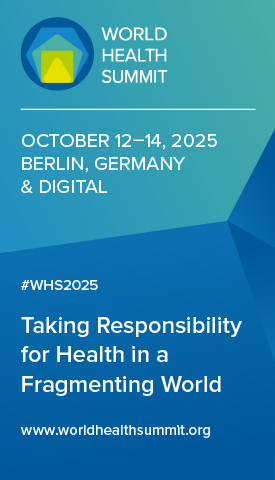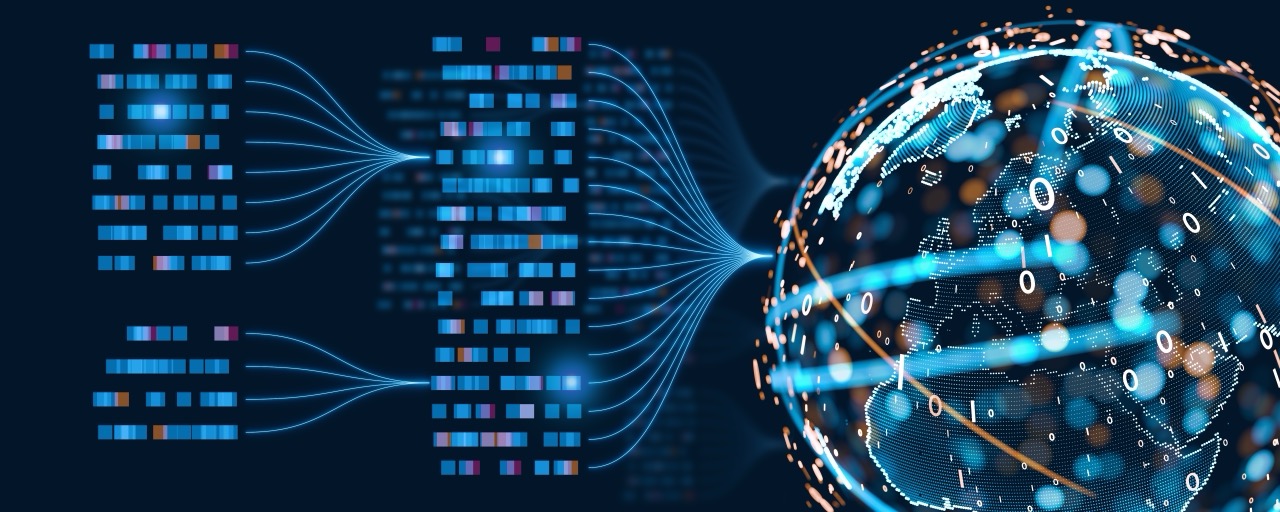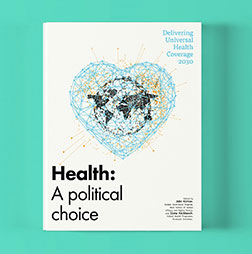Red alert for climate, blueprint for action: A science-based call to the G7
As the G7 leaders convene in Kananaskis, science speaks clearly and urgently: 2024 was the warmest year ever recorded, exceeding 1.5°C above pre-industrial levels for the first time. Each of the last 10 years ranks among the hottest ever. Every incremental temperature rise significantly escalates risks to our societies and economies, a reality vividly illustrated in each G7 member throughout 2024.
This is not simply about breaking climate records; it is about tangible socio-economic impacts. The World Meteorological Organization plays a crucial role in monitoring climate, enabling economies to adapt effectively. Extreme weather events are intensifying and becoming costlier, disproportionately burdening small island developing states and least developed countries, relative to their gross domestic product.
Environmental risks now dominate global concerns, as the World Economic Forum’s 2025 Global Risks Report starkly underscores. These risks are projected to accelerate dramatically over the coming decade. The best way to manage risk is to invest in prevention, and the WMO is a key partner in this effort.
Delivering impact through forecasts and partnerships
In 2025, the WMO marks 75 years as a critical United Nations agency dedicated to science for action. Each day, it coordinates the global exchange of countless weather observations from satellites, ground stations, ships and aircraft. These data underpin vital forecasts that inform sectors including agriculture, health, energy, transport and defence – saving billions economically and protecting countless lives.
The Early Warnings for All initiative (EW4All) epitomises the WMO’s mission, aiming for universal global coverage by multi-hazard early warning systems by 2027. Progress is evident: up from 52 countries in 2015, today 108 report enhanced capacity. Studies estimate early warning systems prevented asset losses of up to $500 billion between 1978 and 2018. Early warnings, issued within 24 hours of a hazard, can reduce damage from that event by 30%, highlighting the profound economic benefits of investing in these systems.
Through strategic partnerships the WMO further extends its impact. With UNESCO, it monitors glacier retreat, directly linked to sea-level rise affecting over 900 million people. Collaborations with the Food and Agriculture Organization and UN Convention to Combat Desertification improve drought forecasting and water management. Joint initiatives with the World Health Organization enhance heat-health warning systems, protecting vulnerable populations and boosting air quality monitoring. With the International Renewable Energy Agency, the WMO optimises renewable energy integration through advanced forecasting.
Opportunities and challenges
Meteorological data and climate insights constitute strategic assets, directly influencing investment decisions, national security planning and economic growth. The WMO provides technical assistance in crafting science-informed nationally determined contributions.
The Triple Dividend of Resilience framework, advocated by the WMO, clarifies the broad benefits of resilience investments, which include avoiding economic losses when hazards strike, stimulating economic activity thanks to reduced disaster risk even when no hazard occurs and generating significant development co-benefits.
Real world benefits
In Norway, maritime weather forecasting has slashed fuel consumption by up to 10%, yielding substantial economic and environmental returns. London’s economic vitality owes much to accurate forecasts underpinning the Thames Barrier, enabling significant real estate and infrastructure developments to be protected from flooding. Renewable energy sectors also greatly benefit from the WMO’s tailored climate forecasts, enhancing reliability and operational resilience. For instance, shifts from La Niña to El Niño conditions directly affect wind, solar and hydropower generation, highlighting how climate forecasts can improve energy supply reliability and infrastructure planning.
Technological advances such as supercomputing, artificial intelligence and machine learning significantly improve forecast accuracy, especially in regions with dense observational networks. However, human expertise is still key within national meteorological and hydrological services.
A blueprint for action
As the world’s leading economies, the G7 has the leverage and the leadership to drive a smarter, science-based response to weather and climate risks. This must be based on open data exchange and international standards.
Every economic sector and every country urgently requires reliable, precise and accessible weather forecasts. The reality is stark: one major cyclone, flood, wildfire or heatwave can erase years of socio-economic progress. Investments in national meteorological infrastructure and early warning systems yield immense economic returns, with benefit ratios often reaching as high as 1:9 or even higher in regions such as Africa.
These cases highlight the substantial benefits these investments offer. The WMO calls on G7 members to consider these clear economic benefits and to invest strategically in climate resilience. The costs of action might appear high, yet the costs of inaction will inevitably be far greater.
In celebrating its 75th anniversary under the banner of ‘Science for Action’, the WMO emphasises 2025 as the year we transform data into action, forecasts into foresight and science into sustained economic resilience. The World Meteorological Organization stands ready – with tools, expertise and a global network – to help countries navigate the uncertainties ahead. With G7 and G20 leadership, we can build economies that are not only more resilient and sustainable, but also smarter and safer, ensuring a stable and prosperous global future.












